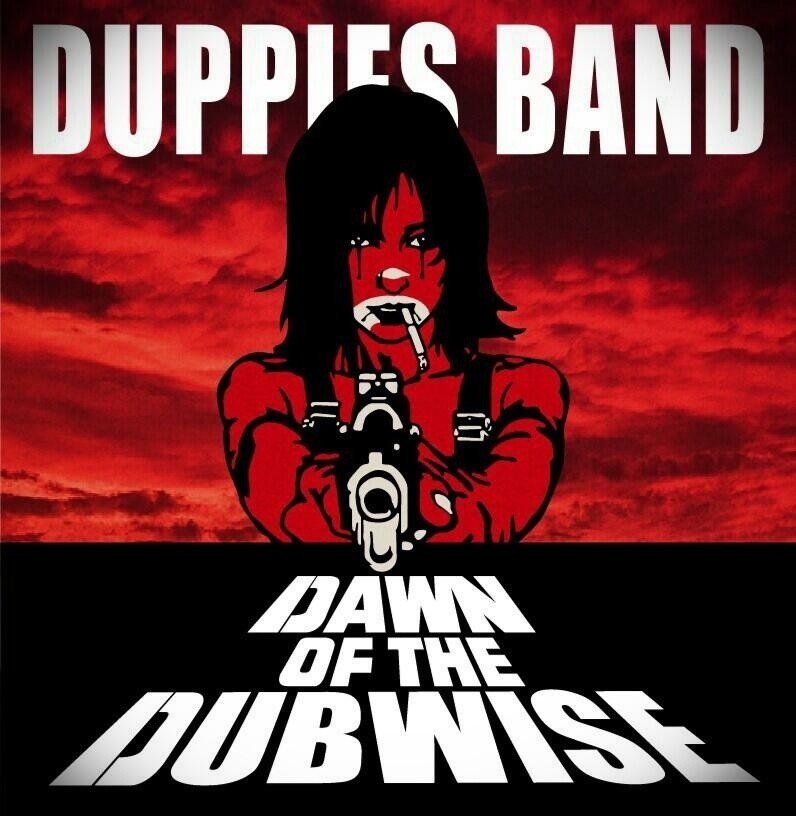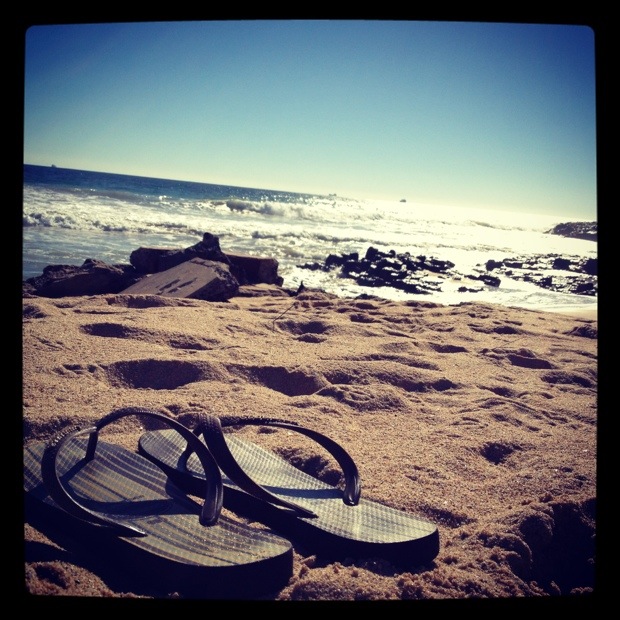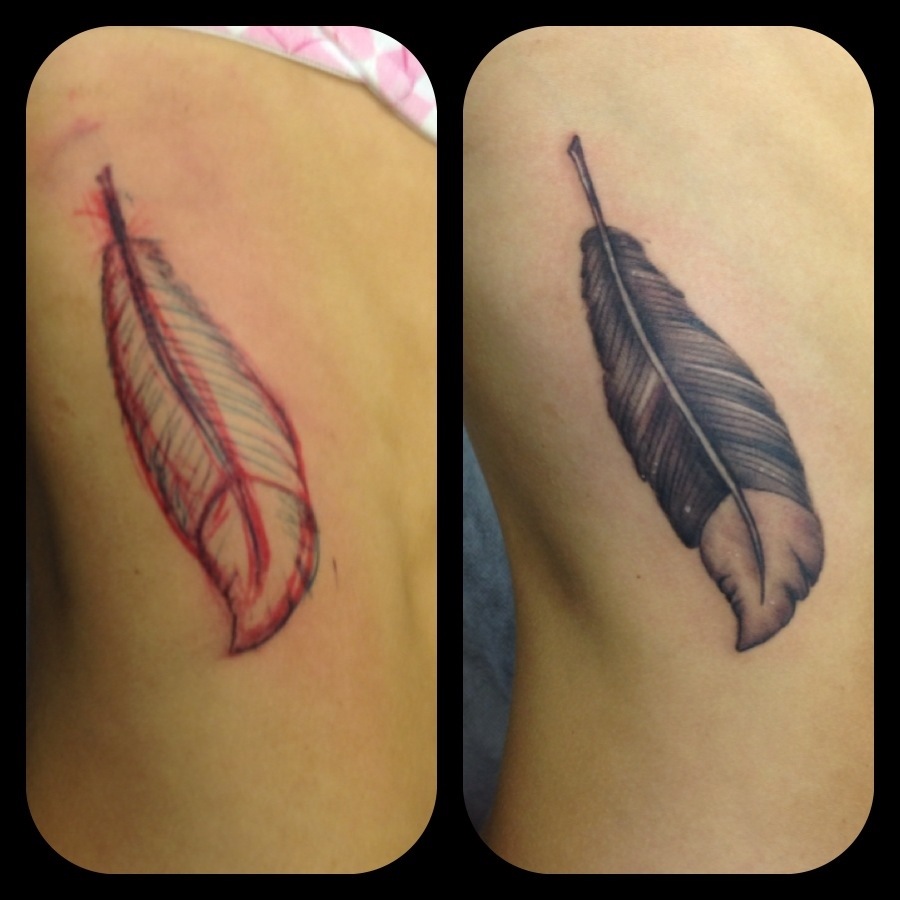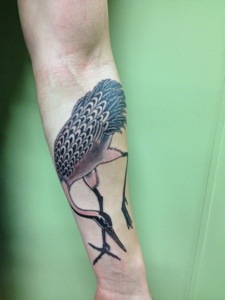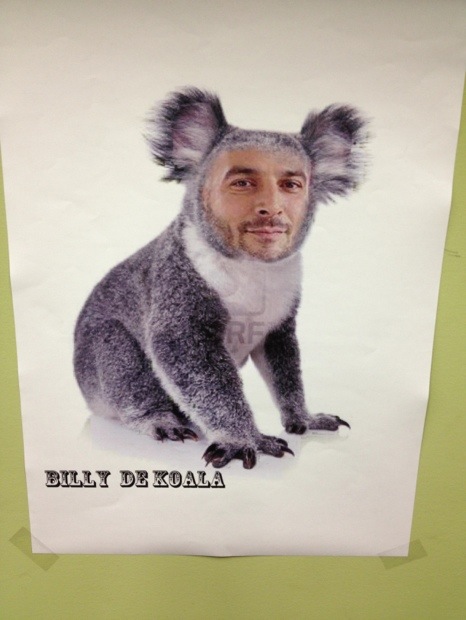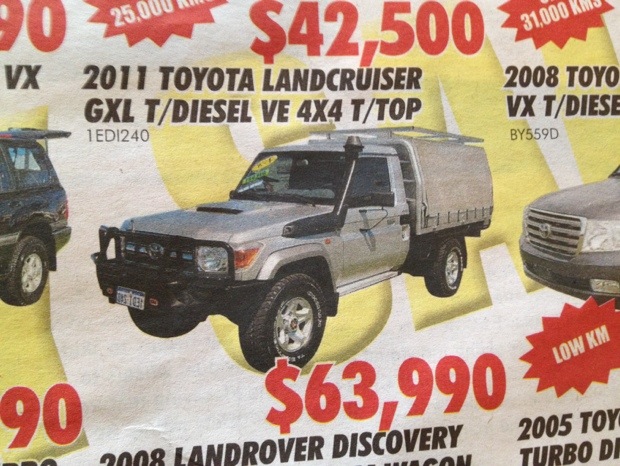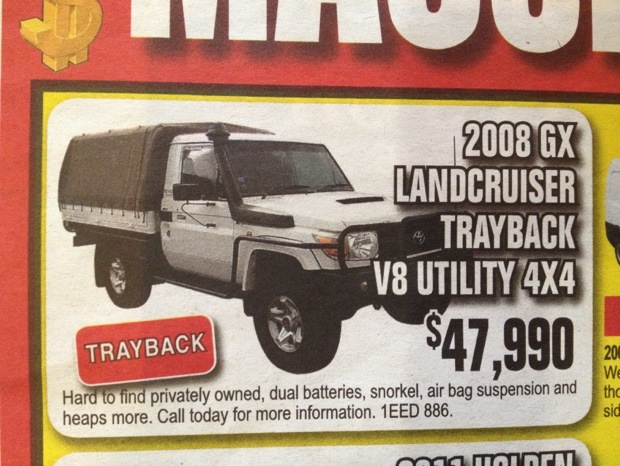Debut Album by Duppies Band “Dawn Of The Dubwise” now available on iTunes & Amazon!!
Category Archives: The Blog
Back in OZ
One FC Live Stream
One FC will STREAM LIVE tonight as my man Kotetsu Boku defends his title against Shinya Aoki!
Good luck Boku!
ONE FC: KINGS & CHAMPIONS
01 April 2013 – Singapore: On Friday, 5 April, ONE Fighting Championship™ (ONE FC) presents ONE FC: KINGS & CHAMPIONS live on Pay-Per-View online around the world at www.onefc.livesport.tv. This event will feature the highly anticipated ONE FC Lightweight World Championship title fight between Kotetsu “No Face” Boku and Shinya “Tobikan Judan” Aoki.
Kotetsu Boku defeated Brazilian contender Zorobabel Moreira at ONE FC: RISE OF KINGS in October 2012 to earn the inaugural ONE FC Lightweight World Championship title belt while Aoki earned his shot at the title following a devastating submission victory over Arnaud Lepont.
Fans from around the world can also witness the action online via livestreaming at www.onefc.livesport.tv. The undercard fights are available for viewing free-of-charge and the main card fights will be available for purchase at just US$9.99.
ONE FC Lightweight World Champion Kotetsu Boku is no stranger to adversity. He is a tenacious competitor who has never backed down from a tough fight. Boku ignited the crowd at the sold-out Singapore Indoor Stadium at on 6 October 2012 with a massive come-from-behind victory over Zorobabel Moreira at 0:31 seconds of round 3, earning him the first ever ONE FC Lightweight World Championship title. With six wins in his last seven fights, Boku is enjoying one of the most successful spells of his career. There is no doubt that the fight on 5 April will be his toughest test to date when he squares off against Shinya Aoki.
Shinya Aoki is the DREAM Lightweight Champion and has beaten MMA legends like Tatsuya Kawajiri, Marcus Aurelio and Rich Clementi. He holds a black belt in Brazilian Jiu-Jitsu and Judo which has earned him a reputation as one of the most dangerous submission artists the sport of MMA has ever seen. His last outing with ONE FC saw him put Arnaud Lepont “to sleep” by triangle choke in front of his adopted home of Singapore, earning him the opportunity to fight for the ONE FC Lightweight Title. The famed “Grandmaster of Flying Submissions” is looking forward to showcasing his legendary skills once again to his fans when he enters the ONE FC cage at ONE FC: KINGS & CHAMPIONS.
Coppertone Tattoo Guard
There are literally thousands of sunscreen products to choose from. They vary in feel, scent, color, water resistance and how well they rub in. The whole point of sunscreens is to prevent UV radiation from damaging your body. The best sunscreen for you, is one that meets your needs (i.e. waterproof or not), doesn’t irritate your skin, offers the protection you require based on the UV Index for where you are, and that you like the scent and feel of.
Finding a sunscreen you really like and protects you can be a challenge. Some manufacturers change their formulas from one year to the next, meaning your favorite product last year might not be your favorite this year. This is all based on personal preferences and experiences, and we can’t tell you what you’ll like, but we can show you some important things to know about sunscreen.
Check out this new product:
Coppertone Tattoo Guard
Sunscreen or Sunblock?
Depending on the ingredients used, sunscreen and sunblock can both provide UVA and UVB protection. The reason for the different names comes from how they work, which depends on the ingredients used. Sunblock (until recent nano technology) used to sit on top of the skin forming a barrier that would block UV rays from reaching the skin. Sunscreens work by being absorbed into the skin, when UV rays reach the skin the sunscreen ingredients will screen out UV rays by changing them into less harmful energy.
Today the terms ‘sunscreen’ and ‘sunblock’ are mostly used for marketing purposes. Government bodies and health organizations would like to see the term sunblock discontinued as they feel it gives a false sense of safety in the Sun. Whats more important than the labeling on the front of the bottle, is the ingredients on the back. Check them out.
Sunscreen
Sunscreen refers to products that allow the Sun’s rays to penetrate the skin but filter some of the radiation in the ultra violet spectrum. The UV rays get altered to a safer wavelength and are released. The chemical interaction between the sunscreen and UV allows the sunscreen to absorb the UV before it penetrates the skin.
Sunscreen offers protection from UV-A and UV-B, however sunscreen ingredients have the ability to deteriorate at a faster rate once exposed to sunlight, hence some radiation is able to penetrate to the skin. Some sunscreen products offer no protection against UV-A radiation whatsoever. Products often contain a mixture of physical and chemical block ingredients.
Sunblock
Sunblock works by preventing the Suns rays from reaching your skin - either by reflecting them away or absorbing them, changing there structure and releasing them. Sunblock used to sit on top of your skin and had a white appearance. With nano technology (making things really small) some sun blocking ingredients are now invisible to the eye, so you dont get that white ghost look. The main active ingredients in sunblock are titanium dioxide and zinc oxide.
UV Protection
SPF
SPF stands for Sun Protection Factor and shows to what degree a product prevents sunburn. Since sunburn is caused by UVB radiation, SPF rating give no indication of how well a product will protect you from UVA radiation (responsible for skin aging and skin cancer). A higher value means you get more protection. As sunburn is caused by UVB radiation SPF is only a measure of how much UVB is blocked, not how much UVA. So while you may be using the highest SPF available, you are still completely vulnerable to UVA radiation - which causes skin cancer and skin aging. For protection against both UVA and UVB rays you will need a ‘broad spectrum’ product.
What SPF should I use?
When choosing an SPF rating, keep in mind that doubling the SPF value doesn’t mean you get double the protection. SPF 15 will block the majority of UVB rays, SPF will block more, and anything over SPF 30 doesn’t really protect you much more than an SPF 30 product.
SPF 15 blocks roughly 93% of UVB.
SPF 30 blocks roughly 97% of UVB.
Broad Spectrum
Sunscreens that prevent at least some of both UVA and UVB rays from damaging your skin are called ‘broad spectrum’. When choosing which product to buy look for one which states either “broad spectrum” or that it blocks both UVA and UVB. Even though a product may display the term ‘broad spectrum’ it may not block all UVA and UVB radiation, check the ingredients to find out more.
Sunscreen Effectiveness
How well you are protected depends on what product you use and how you use it. If you are constantly going in and out of the ocean or pool, sunscreen may need to be re-applied after every dip depending on how waterproof it is. Heavy sweating and toweling off can also wear off a sunscreen.
Application
General instructions that apply to most sunscreens (this may be different for the products you use, so always read the instructions.
- apply to dry skin
- make sure to cover your face, ears, neck and shoulders
- apply 15 to 30 minutes before going in the Sun
- re-apply after toweling off, swimming, or heavy sweating
- re-apply roughly every 2 hours
Expiration
If a product has past its expiration date it may offer no protection at all, and may even be harmful. Some sunscreen will last for only a few months before opening. Other will last a few months after opening, and some will last for a year or more either way. Always check the description and date on a bottle before using it.
Sunscreen for Babies and Kids
The main reason for creating sunscreens for babies and kids is to account for their sensitive skin, and to prevent them hurting their eyes if the sunscreen manages to find it’s way there, which it usually does.
Sunscreens for babies and kids often are quite similar to those provided for adults minus a few ingredients that may irritate childrens eyes and sensitive skin. Common ingredients that are omitted for this reason are preservatives, dyes, and artificial fragrances. Titanium dioxide and zinc oxide based sunscreens are recommended for babies and children.
Sunscreen Ingredients
The active ingredients in sunscreens can be physical, chemical, or a mixture of both. Some ingredients have been proven to be harmful, such as PABA. Which is why you may notice some brands stating ‘does not contain PABA’. PABA was very common in sunscreens in the past, but has been largely abandoned by manufacturers because of it’s harmful affects.
There are thousands of sunscreen products available, they differ in look, feel, and scent, how they rub in, but they mostly use the same ingredients. Here is a list of some of the most common sunscreen ingredients and how they protect you.
Physical Sunscreens
A physical ingredient sits on your skin’s surface forming a protective barrier and doesn’t have the ability to be absorbed into your skin. Light is either absorbed into the ingredient or reflected away from your body back into the atmosphere similar to a mirror or tin foil.
Physical Sunscreen Ingredients
Titanium dioxide
Titanium dioxide offers protection from UVB and short UVA radiation, but not long wave UVA. Titanium dioxide is also non-irritating.
Zinc oxide
Zinc oxide offers broad-spectrum protection (UVB and most of UVA). Arguably the best broad-spectrum protection available.
Chemical Sunscreens
Some of them absorb (soak up) the ultraviolet light as it tries to pass through them Chemical sunscreens are not immediately effective, requiring a 20-30 minute delay after application before it becomes effective, whereas physical sunscreens are immediately effective. A chemical sunscreen ingredient absorbs sunlight to prevent sun damage but is also absorbed into your skin. Some people experience allergic reactions and burning eyes when perspiring.

